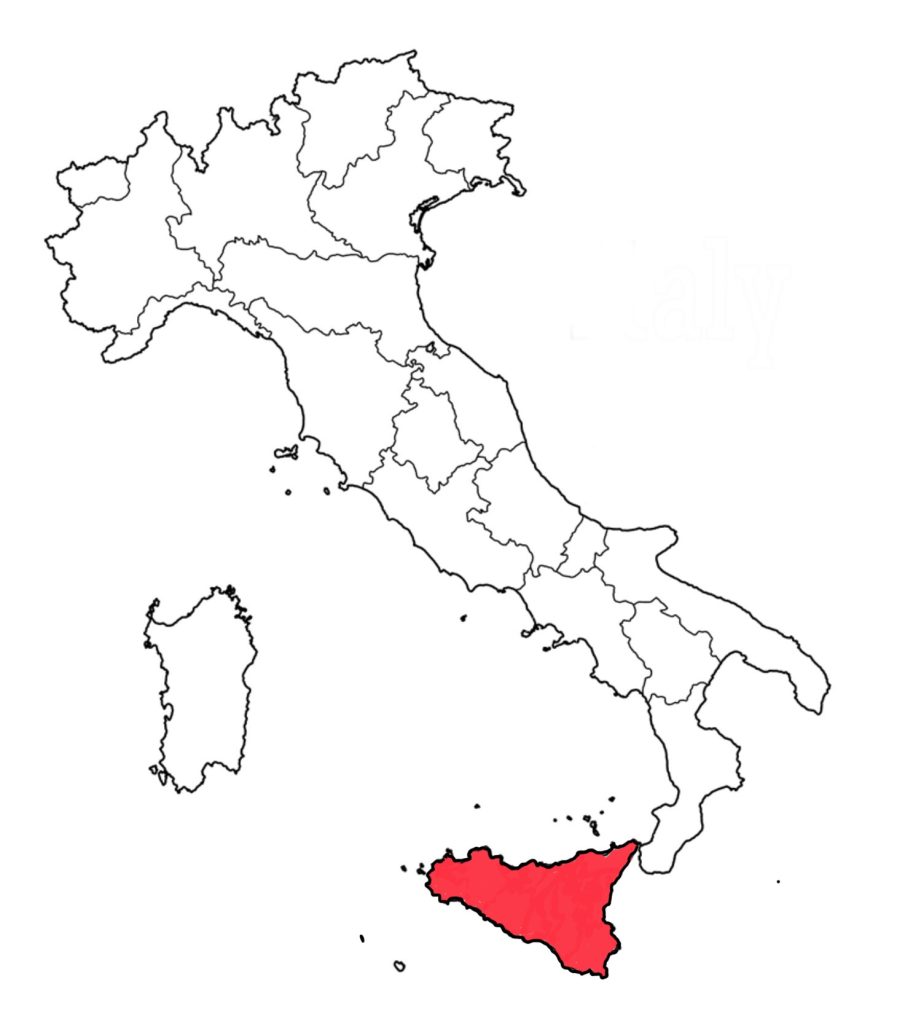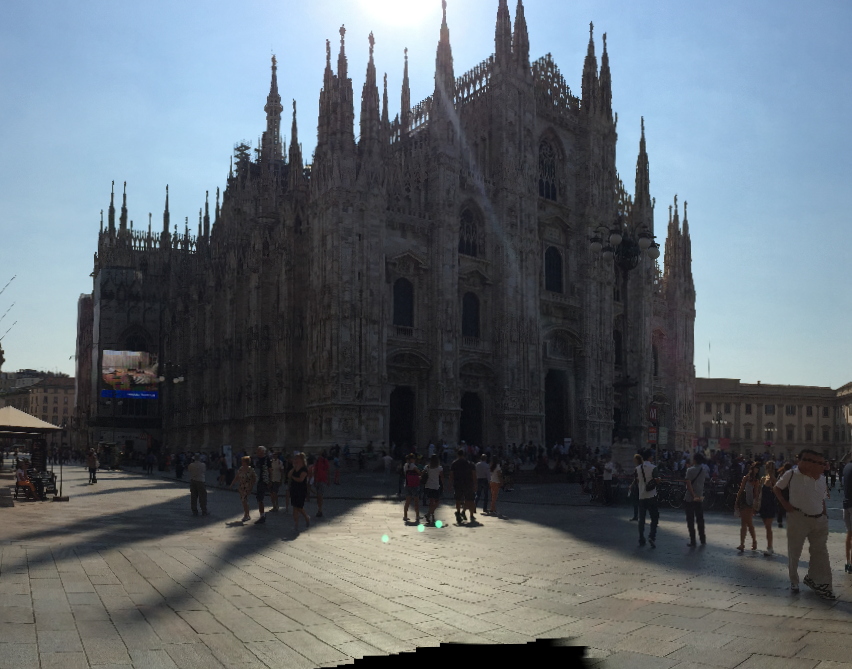Sicily, The Enchantress
Summer is over. The last of the blooms in the garden are languishing, and fading in colour; still, the sky, a dull grey, fails to quell the fiery reds, musty browns and ochres of the trees. This concert of colours lifts the spirit; a last minute reprieve before winter sets in.
I’ve been hard-pressed to return to the keyboard; a summer full of events has kept me engaged and thoughtless. Funny how activity suppresses creativity at the moment of its happening, but with time and retrospection, becomes another dimension, and a different reality, often, of significant meaning.
And so I file away in the depths and crannies of the memory chest all the events and adventures of the past summer: grandchildren, get-togethers with friends, trips to England and Italy. I’ll dutifully store these in my cache of memories for future reference and unborn stories.
Right now, the colours outside the windows of my study are inviting me to remember. Despite the advancing chill, these russets, the saffron and henna-tinted browns, these tangerine hues are delivering me to the scents and glow of another time and distant land…..
Perfectly placed by the gods in the cobalt Mediterranean, Sicily, still today lures unsuspecting visitors, captivating and beguiling them much in the same way, as did the seductive call of the sirens to Odysseus. The island is an enchantress; with its gentle synthesis of translucent waters, ever-present scent of lemon trees, and sunlight, it catches one unawares, and casts its spell.
I came years ago and still, today, I feel its magic. Mine was just a start. I understood then that Sicily is a complex place, which must be unwrapped layer by layer. Its ancient Greek history; the vestiges left behind by the Vandals, Ostrogoths, Byzantines, Arabs and Normans; its Baroque treasures and its gastronomic delights, are all the different faces of this mesmerizingly beautiful island. Sicily must be explored and savoured. I started in Cefalù.
We arrived by ferry docking in Messina. Our car, stowed in the hold along with many other vehicles, made its way slowly out of the boat’s belly, creaking and clanging out into the bright light greeting us. The colourful decrepitude of Messina’s waterfront, its odours and commotion assailed us with a jolt. In our haste to see other sights we overlooked this unquestionably interesting city. Many visitors to Sicily probably do the same.
We headed out toward the island’s northern coast, cruising along the Tyrrhenian Sea until we reached Cefalù.

“Living here day by day, you think it’s the center of the world ”, Alfredo, the projectionist, tells Toto in Giuseppe Tornatore’s film Cinema Paradiso. The 1988 film, partly shot in Cefalù, depicts a post war Sicilian town where a young boy, Toto, lives and dreams of making movies. Alfredo, his mentor, instills in the boy a deep love of films, and tries to convince Salvatore to leave the small town for the bigger world in order to pursue his passion for filmmaking.
Today, the world is coming back to the small town. Cefalù, in fact, has become the destination for holidaymakers from around the country who come to visit, stroll the narrow cobbled streets and stretch out in the sun on the long sandy beach. One might say that it has indeed become “the centre of the world”.

It is a town like many others with its historical town centre, and a modern city spreading out from it. In the old town a sense of endless time permeates, and the narrow streets and honey-coloured buildings confirm this. But Cefalù unlike many other towns, bears the weight of significant history on its shoulders; not just Greek, but also Norman, Byzantine, Arab, Spanish and finally Italian influence have all left their mark.
Dominating at the centre of town is the Duomo, an imposing and magnificent two-towered Norman cathedral. Begun in 1131, the interior of the Duomo is decorated with glittering mosaics created by twelfth-century Byzantine artists. Seeing these incredibly beautiful works of art the first time I believed nothing could match their splendor and magnificence. Having subsequently moved on to Monreale, and seeing more of this singular art, I realized that this had to be Sicily’s greatest treasure.

We sojourned only briefly in Cefalù, but its colours and sights and the sweet citrus perfume of lemon left a strong imprint on my memory.
Beyond the main square and the many little restaurants lining the principal Corso Ruggero, there is a harbor with boats whose colours are faded, and which are neatly lined up along the shore. Fish in fact, is the main feature on the menus of this town.

An opening, once used as a gate through the fortified mediaeval walls, is where the fishermen congregate after bringing in their catch each day. Here they pass their time mending their nets and discussing the day’s events.
Our meanderings bring us to the centre of Cefalù where a parade of people is a constant in these southern towns. The young are cruising on foot; the older folk are gathered below a monument, engrossed in their talk. Many tourists and locals alike are indulging in savouring with gusto their ice cream cones. The preferred flavour in these parts is pistachio; the Arabs introduced both pistachios and sherbet to the island of Sicily.
We make our way back to our hotel at the outskirt of the old town. Back in our room, as nighttime drops down dark and hard we have a final look outside our window. The town below, illuminated by the streetlamps, is reminiscent of the land of Ali Baba, with great sweeps of orange, crimson and vermilion painting this exotic scene.

As we drive away from Cefalù, one last look over our shoulder reveals a large crag rising out of the water like the three-pronged crown of Neptune. It’s worth stopping, to take a picture.

Photos by A Serrao Soppelsa, M Graham, Lucasz Jasyst, Tupungato, Anna Lurye

0



